In the Component “Plumbing – Service” we are looking at more than the actual pipes that carry potable water into the home from a public utility, community source, or private well. We also want to evaluate the on-site well equipment, as this is the homeowner’s responsibility. Additionally, for all water sources we measure the pressure. Too little compromises the functional flow; too much can damage pipes and plumbing fixtures.
Obviously, we look for leaks. Damaged, corroded, and poorly-supported pipes must be reported. Leaks, damage, corrosion, and support also apply to the well equipment. Well heads must be evaluated. Problems here can contaminate the potable water, as can a well that is too close to the septic field or animal habitats.
The water pressure is too high. Pressure higher than 80 psi will cause pipes, valves, and faucets to fail prematurely. Hire a plumber to evaluate the water system and to make required repairs.


The water pressure is too low. Pressure less than 35 psi is considered inadequate. The exact cause of the problem can’t be determined. Hire a plumber to evaluate the water system and to make required repairs.
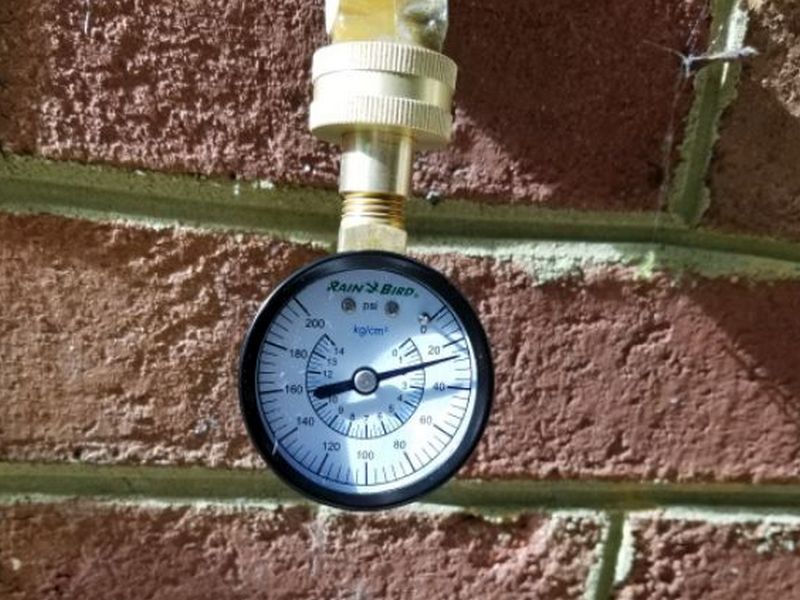
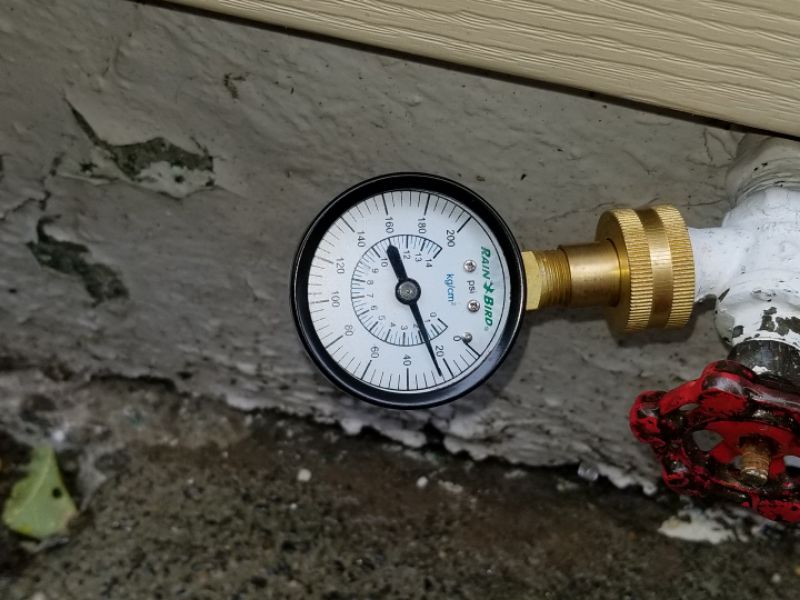
The water service entry pipe is leaking. This will waste water and can cause damage. Hire a plumber to make the required repairs.
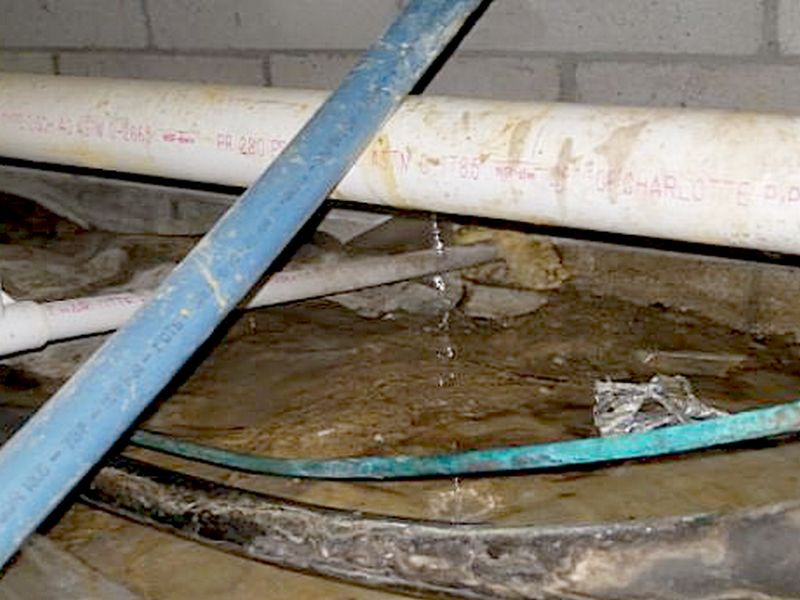
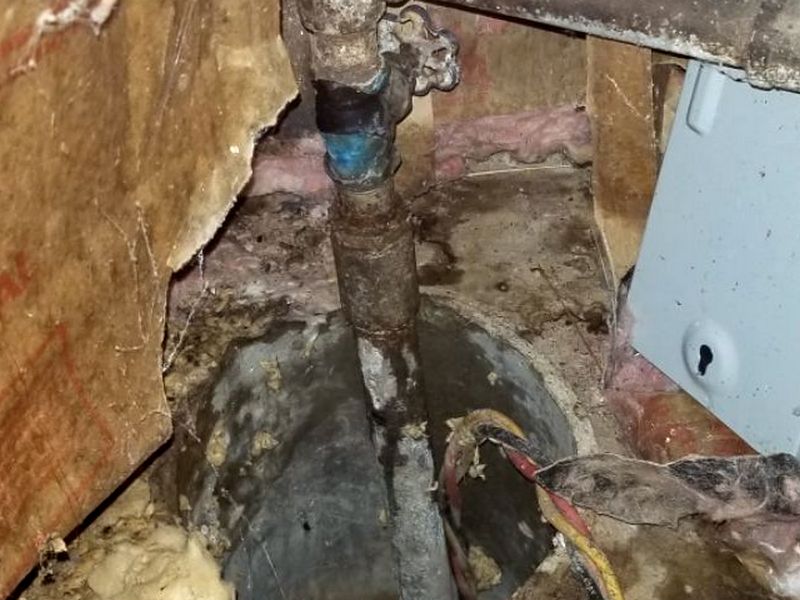
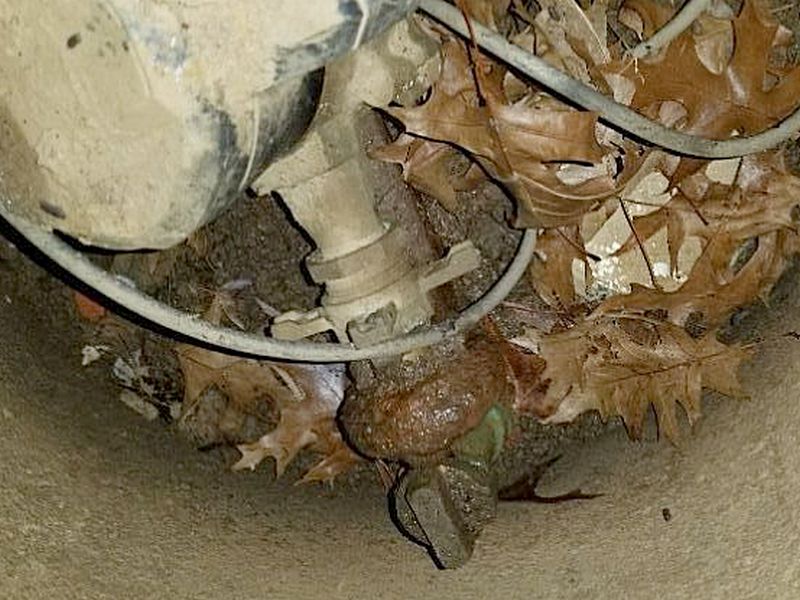
The water service entry pipe is corroded. This can cause damage and leaks. Hire a plumber to replace the pipe.
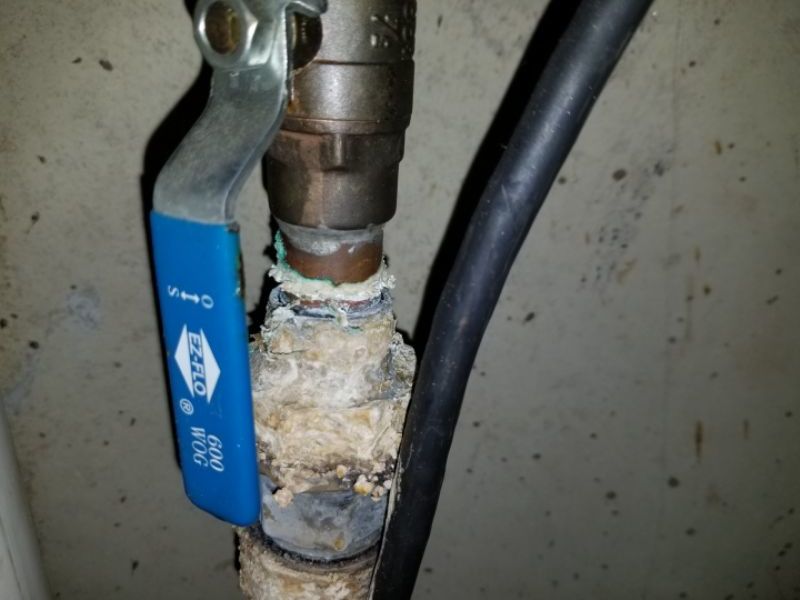
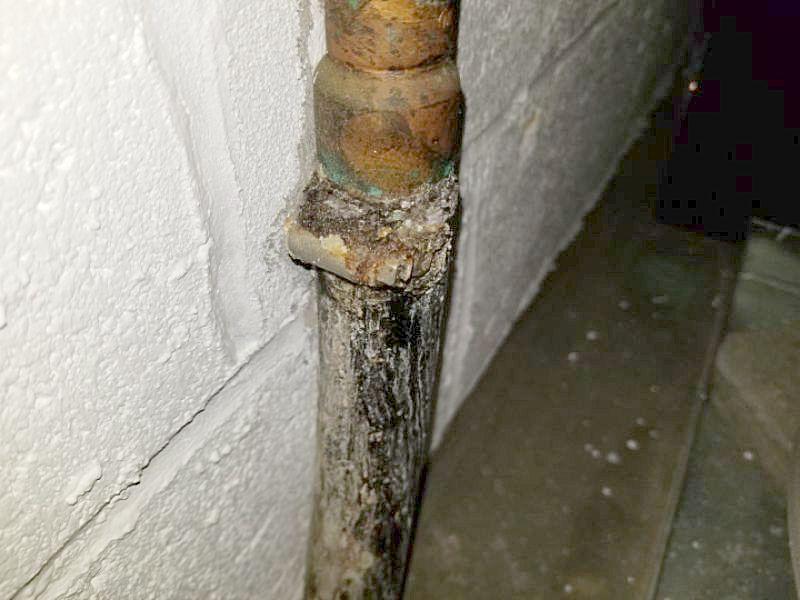
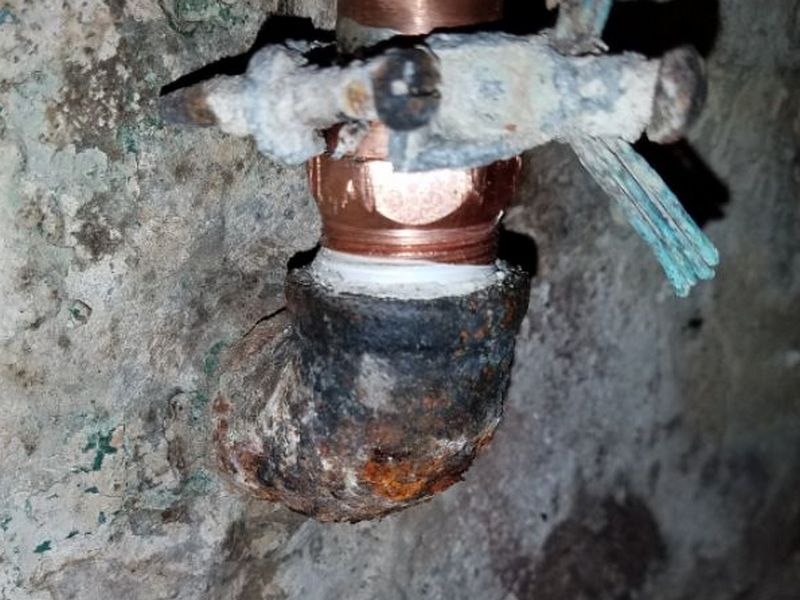
The water service entry pipe is not supported properly. This can cause damage and leaks. Hire a plumber to properly secure the pipe.
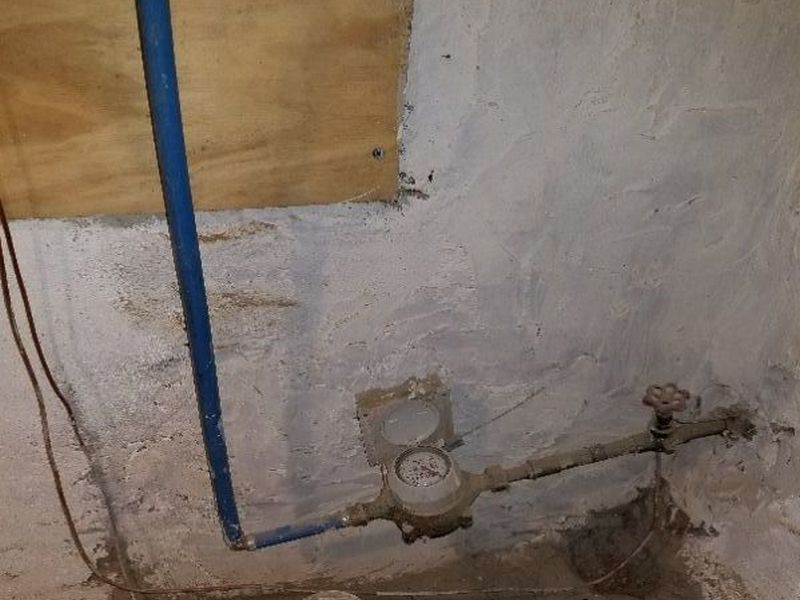


The well pressure tank is leaking. This affects delivery of water supply and can cause damage. Hire a plumber to replace the tank.
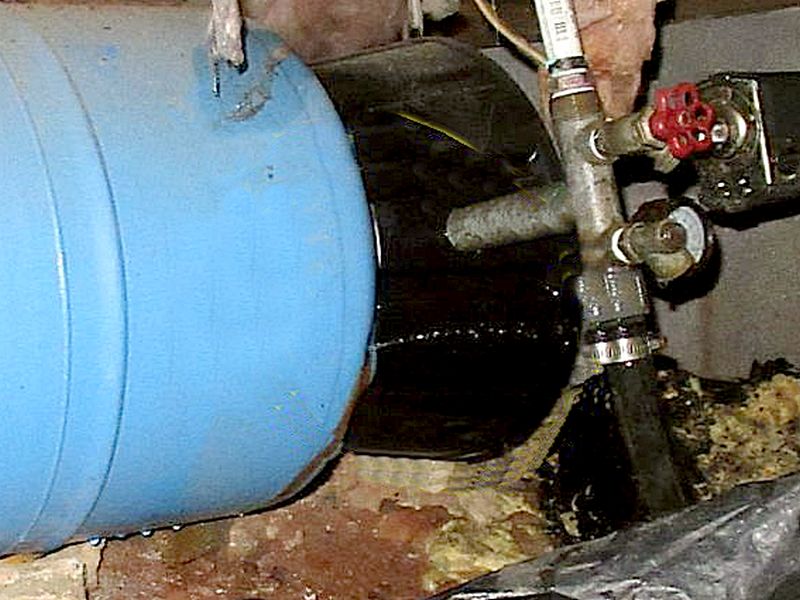
The well pressure tank is corroded. This affects its reliability. Hire a plumber to replace the tank.
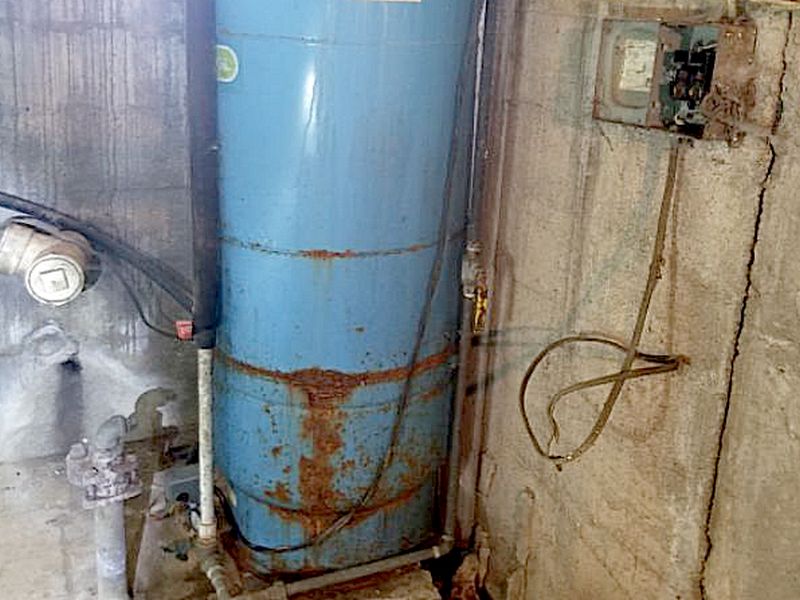

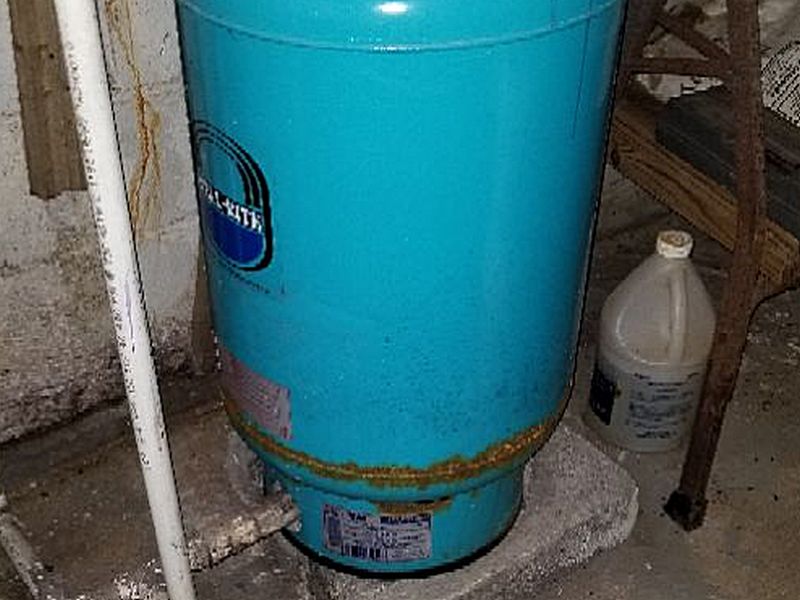
The well pressure tank’s gauge is damaged. This prohibits an inspection and affects routine maintenance. Hire a plumber repair the gauge.

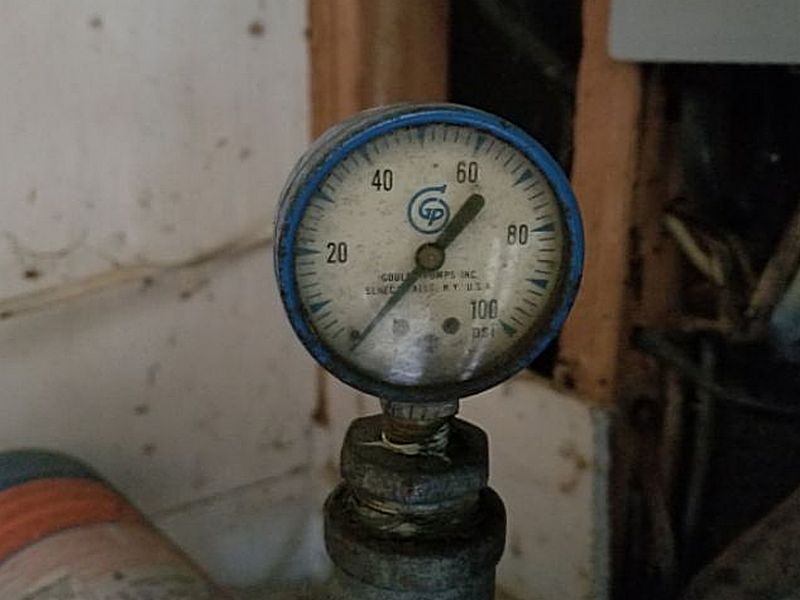

The well pressure tank is inadequately supported. This can cause damage to the fittings as well as leaks. Hire a plumber to properly secure the tank.
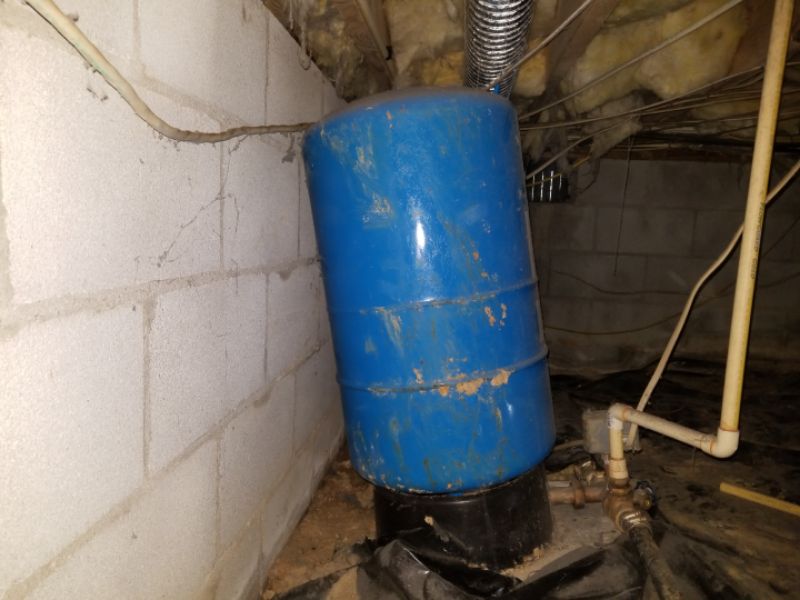
The Centers for Disease Control and Prevention (CDC) guidelines for safe well siting and separations.
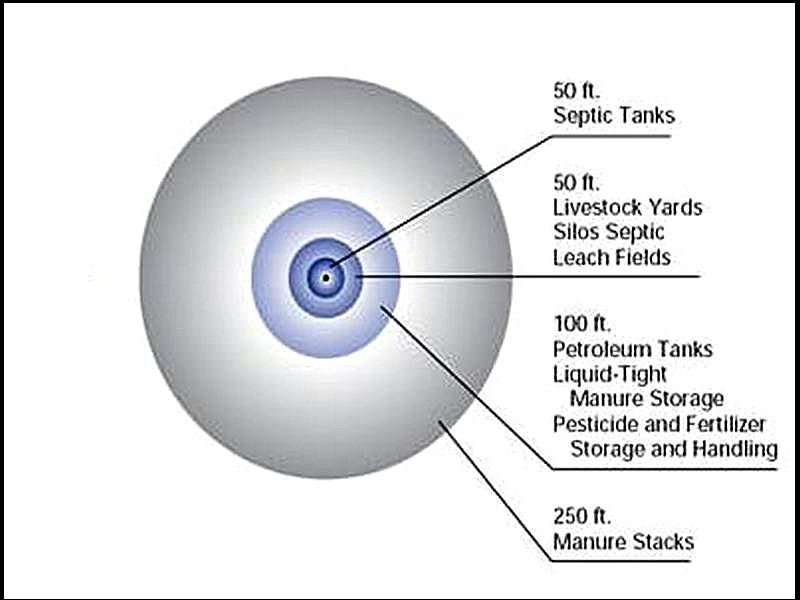
The well appears to be too close to the septic field. This is a serious health hazard. Hire a plumber to evaluate the water system and to make required repairs.
The well cap is loose. This permits contamination of the well. Secure the well cap.


The well cap is damaged. This permits contamination of the well. Replace the well cap.
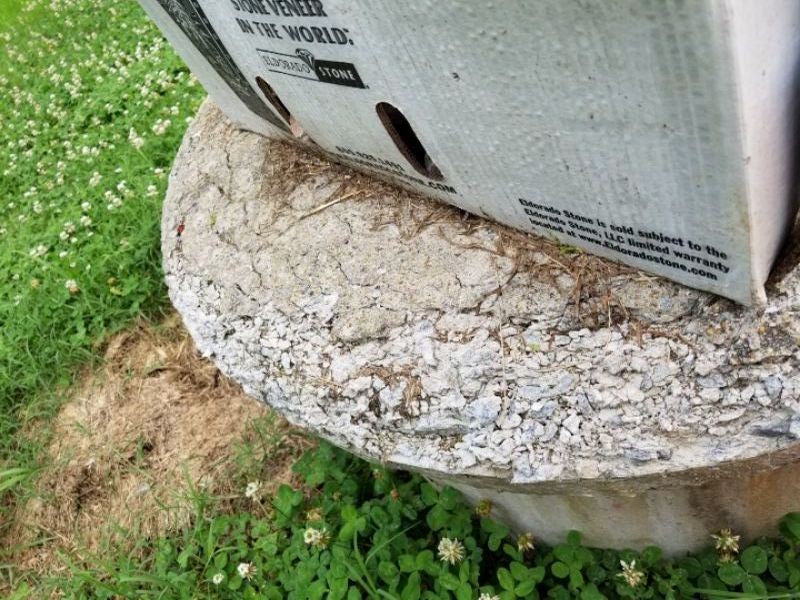
The well cap is missing. This permits contamination of the well. Replace the well cap.


